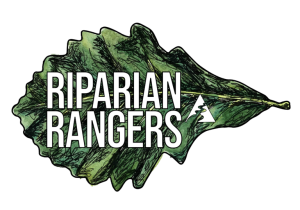Riparian Buffers
A riparian buffer is a vegetated area (a “buffer strip”) near a stream, which helps shade and helps protect the stream from the impacts of adjacent land uses. Stream buffers:
- Reduces nonpoint source pollution reaching stream
- Helps remove pollution from streams
- Reduces stream bank erosion
- Increases property value
- Reduces flooding
- Enhances habitat for wildlife
- Provides shade
Types of stream buffers include:
- Grass strips
- Meadows
- Forested (trees and/or shrubs)
Riparian Buffer Programs
Keystone 10 Million Trees Partnership
The Keystone 10 Million Trees Partnership, commonly referred to as K10, is a collaborative effort of national, regional, state, and local agencies, conservation organizations, outdoors enthusiasts, businesses, and citizens committed to improving Pennsylvania’s communities, economy, and ecology by planting 10 million trees in priority areas across the Commonwealth by the end of 2025.
Choose from a wide variety of native tree species, including fruit, nut and species attractive to wildlife and pollinators, to enhance your property.
Riparian Rangers
Riparian Rangers is an Alliance for the Chesapeake Bay project started in 2019 with the goal of providing necessary maintenance on newly planted riparian forest buffers within the Chesapeake Bay Watershed. Oftentimes, after trees are planted for a riparian buffer, there is a lack of follow up which inevitably allows for invasive species to rise, flood damage, animal damage and, most importantly, low tree survival. With the Riparian Rangers, the riparian forest buffer tree plantings have become more successful, and the restoration efforts have been much more effective.


